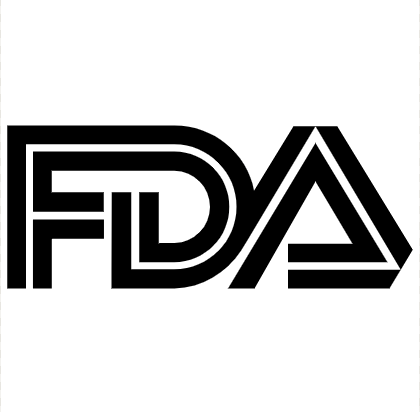Article
FDA Expands Daunorubicin and Cytarabine Label for Pediatric AML Patients
Author(s):
The new indication for the liposomal-combination therapy is based on safety outcomes from a pair of single-arm trials.

The US Food and Drug Administration (FDA) has approved a revised label for daunorubicin and cytarabine (Vyxeos) for a new indication treating newly-diagnosed, therapy-related acute myeloid leukemia (t-AML) or AML with myelodysplasia-related changes (AML-MRC) in pediatric patients aged ≥1 year old.
The new indication for the liposomal-combination anthracycline topoisomerase inhibitor andnucleoside metabolic inhibitor, granted to Jazz Pharmaceuticals, is based on safety outcomes from a pair of single-arm trials: AAML1421, from the Children’s Oncology Group (COG), and CPX-MA-1201, from the Cincinnati Children’s Hospital (CCH). Its efficacy in the indication was based on an adult-based trial showing adequacy and control with the treatment.
In the 2 clinical trials, enrolled patients had AML or relapsed/refractory hematologic malignancies. Investigators enrolled 38 pediatric patients aged 1-21 years old with AML in first relapse to the phase 1/2 AAAML1421 study by COG, and 27 patients aged 1-19 years old with relapsed/refractory hematologic malignancies to the phase 1 CPX-MA-1201 study by CCH.
Investigators reported no differences in the safety profile based on age in either study. However, Vyxeos carries a Boxed Warning for not being eligible for substitution with other daunorubicin and/or cytarabine-containing products.
In a statement accompanying the new labeling, Edward Anders Kolb, MD, director of the Center for Cancer and Blood Disorders at Nemours/Alfred I. DuPont Hospital for Children and chair of myeloid disease committee at COG, lauded the expanded use for the at-need pediatric population.
"The expansion of the Vyxeos label to include children is a welcome and necessary advancement in support of some of our most vulnerable patients," Kolb said. "Jazz has been a wonderful partner in pediatric drug development and we are grateful for the continued work being done to provide safe and effective therapies for children."





